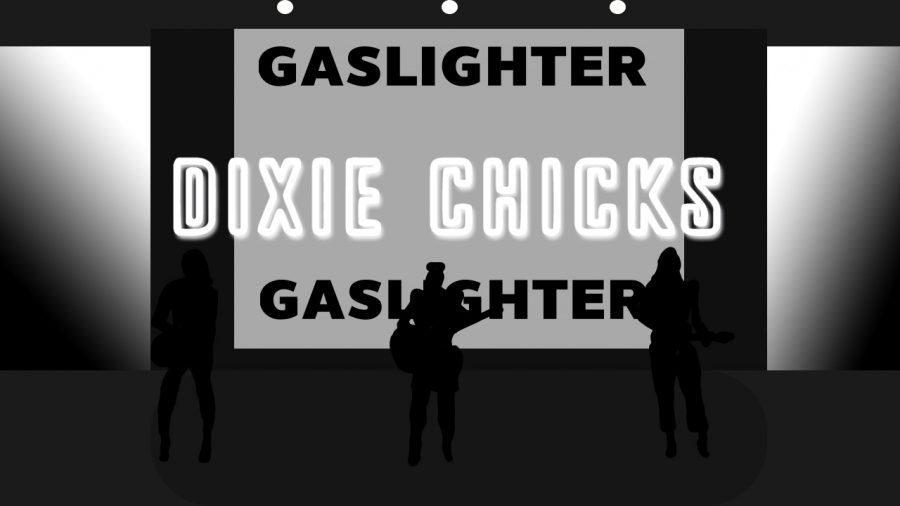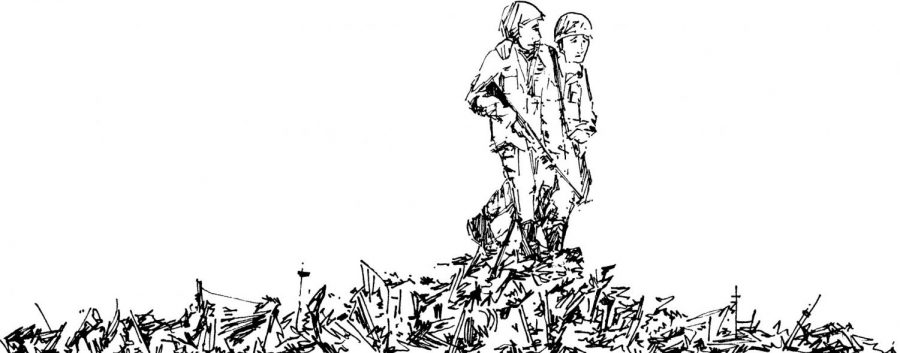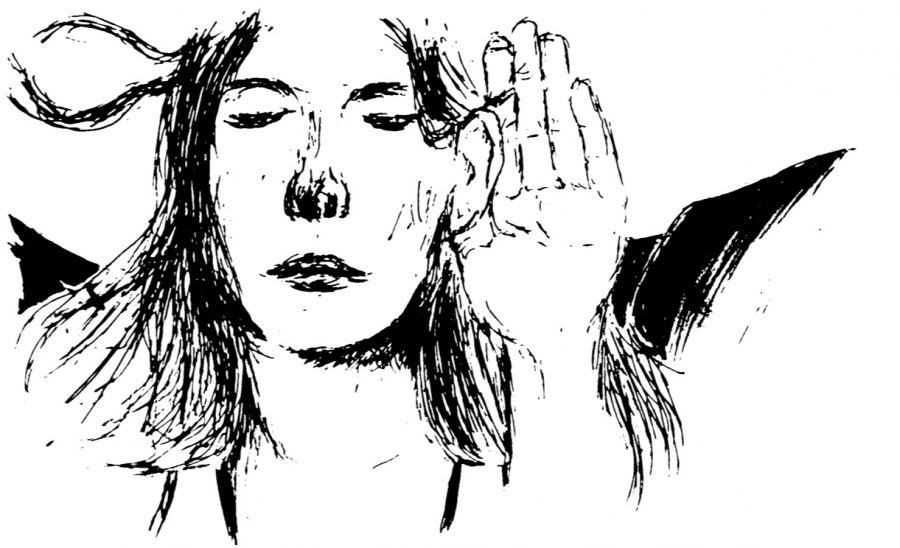It’s hard not to blame this one on the producer. For their third album, the Dodos, the San Francisco-based duo of Meric Long and Logan Kroeber: now expanded to a three-piece with the addition of vibraphonist Keaton Snyder: recorded in Seattle with producer Phil Ek. Best known for his work with Built to Spill, Band of Horses, Fleet Foxes, the Shins, and pretty much every other well-known Pacific Northwest band with guitars and/or beards amongst its members, Ek takes a drastically different approach to the band on Time to Die than John Askew did on their breakthrough second album, Visiter, and the music suffers hugely because of it.
As far as the songs go, it’s hard to figure out what differentiates Long’s songs between the two albums. The basic formula is largely unchanged, as Long writes winning, soaring pieces for fast-moving fingerpicked guitar and voice, often with half-baked, occasionally awful lyrics and Kroeber plays dense drums behind him. The only real stylistic change is Snyder’s vibraphone work, which adds little other than atmospherics and minor textures to the album’s sound.
What made Visiter stand out amongst the sea of records like it was its chaotic sprawl. It was certainly overlong at an hour, but no two songs sounded quite alike, a testament to the band’s ability to wring unbelievably distinct arrangements out of a limited instrumental palette. Additionally, Long’s voice was at the forefront of all of its songs. Even when his lyrics were awful, and at times, they certainly were, his melodies could save what would otherwise be moments of total embarrassment. Time To Die suffers because, more than anything else, every song sounds similar, with the band’s idiosyncrasies getting lost beneath Ek’s relentlessly smooth, completely generic Northwest indie rock production.
This becomes apparent within minutes. Opener “Small Deaths” gets lost entirely in atmospherics, as Snyder’s vibraphone and an electric guitar-driven crescendo swallows the song totally in its final seconds, leaving no impression whatsoever of Long’s melodies. “Fables” again gets buried beneath its textures, and a moment like the final verse of “The Strums,” in which we’re likely supposed to be affected by Long’s shouts about killing everyone who doubts us, contrived prettiness masks everything. While such juxtapositions are certainly common tricks in pop songwriting, it falls flat because its darkness is so slight and hard to pick out.
The second half of the album fares better, but doesn’t quite meet the band’s past highs. “Two Medicines” opens with a vocal hook that’s at least polarizing, and it keeps the spotlight on Long’s vocals throughout. “Trollnacht” and “Acorn Factory” both work fairly well, with the latter marking the only true point of convergence between band and producer on the entire record. Long writes a pleasant-enough acoustic Fleet Foxes-esque thing, Ek complements them perfectly, and it sort of works out.
There really isn’t a whole lot wrong with Time To Die by itself. It’s a well-made, good-sounding pop record with good performances. But that’s about all it is; Visiter combined the chaos of Northwest slop-folk with compelling tunes and made Long’s compositions somehow feel effortless, transcending the trappings of folk-derived pop music and music heavy on acoustic instruments. Here, the band simply sounds about a hundred times more conventional, their product so much more homogeneous and less engaging that it’s hard, coming off the highs of their past work, to truly be excited about something so conventional.
As a whole, the album is a wash of textures heard a hundred times before on Seattle indie rock records without their predecessors’ strengths: Fleet Foxes have harmonies, Built To Spill has guitar interplay, Band of Horses have nicely-designed album covers: the Dodos are turned into a Seattle indie rock pastiche, and that’s really quite difficult to get excited about.



